This Article was published in the Martinez News-Gazette on 6/14/2017In our previous column, we discussed the almost complete anonymity of those buried in Potter’s Field. However, George Homan Johnson is one of only four who have headstones that reside in the original property of Potter’s Field. Despite his headstone having the least damage and the most information depicted on his stone, his life has proven to be one of the most difficult to discover. Despite missing documents and countless hours of research, we nevertheless were able to create a sketch of his adventure on the high seas. 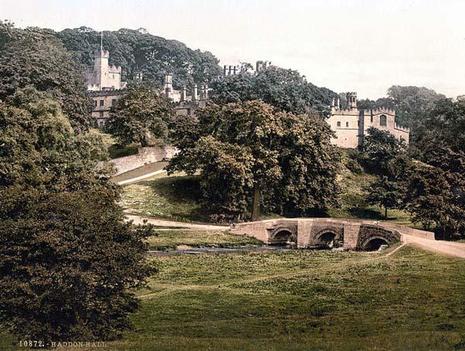 August 1972 - Haddon Hall, Derby, Derbyshire, England August 1972 - Haddon Hall, Derby, Derbyshire, England George was born on March 11, 1870, in Nottingham, Nottinghamshire, England, the eldest son of William and Charlotte Tinker Johnson, both age 30, after his older sisters Mildred Charlotte and Olive Brindley and before his brother William Francis. By March 19, 1872, George’s family had already moved a couple of times, relocating to the village of Quarndon, Derby, Derbyshire, England. On January 5, 1879, George's parents decided to baptize their children at the Cathedral of All Saints in Derby, when George was eight. By 1881, they are living at 35 Uttoxeter New Road in the Ecclesiastical Parish of St. Werburgh Church, Derbyshire, when George is 11. His father has gone from being a leather tanner to owning a shoe factory employing "20 hands + 3 boys". His family also employed a domestic servant, 19 year-old Ann Atkins from Newhall. On November 16, 1888, 18 year-old George embarked on his lifelong interest in seeing the world by becoming a British Merchant Marines apprentice aboard the Drumelton. An apprenticeship required a deposit of £10 – 20 or a premium of £40 to be paid through indentured servanthood. George chose indentured servanthood to the Liverpool shipowners, Gillison & Chadwick in London, England. (Perhaps his father wanted George to take over his shoe factory and therefor refused to pay for his apprenticeship training, as a sailing career was also not held in high esteem.) His apprenticeship contract was for four years with his wages garnished to pay the fee, while they provided George with food, living arrangements and clothing. According to his “List of Testimonials and Statement of Service at Sea”, George "deserted" (quit) the Drumelton on July 16, 1891. (During this time, numerous companies abused their apprentices with physical beatings utilizing hardwood bats.) On August 6, 1891, he becomes an “Able Seaman” aboard the iron ship, Benicia owned by Ismay, Imrie & Co. of the White Star Line, which carried goods and some passengers. From there he moves to the Culmore from March 10, 1892 till May 30, 1893. After the Culmore, he serves on two more ships before working on the Strathdon, from October 5, 1893 to June 25, 1894, of the Aberdeen White Star Lines traveling to and from London to Australia. By June 30, 1893, George applies for examination to become an officer listing the Fountain Hotel on West Street in Sheerness, County Kent, England as his permanent address. (His father William, owned the hotel employing a staff of 10, from an accountant to a barman, while his mother and sister, Mildred lived there as well.) George had spent 4 years, 10 months and 25 days at sea, when at the age of 24 he received his “Certificate of Competency” on July 19, 1894, number 028065, as a “Second Mate in the Merchant Service”, by the “Lords of the Committee of Privy Council For Trade”. As a Second Mate, charged with ship navigation and being emergency medical director on and off ship, George would have needed strong diplomatic and leadership skills in order to work well with and teach others. George’s “Certificate of Competency” is stolen. On his “Declaration of Lost Certificate”, he states it was, “last seen by me in New York, and it was stolen from my berth on board the ship when she was there about the 14th March, and tho’ I had made inquiries from the police authorities, I have been unable to recover the said certificate.” He is 27 and living at 1 Milk Street House, Milk Street, London, England in April of 1897. After paying 5 shillings, he receives his renewed and replacement “Certificate of Competency” number 031796 on June 3, 1897. Here is where our story had ended due to lost documents. According to his headstone, we knew he died on January 12, 1902. However, where? How? We contacted the County Recorder’s office of Contra Costa and applied for an informational copy of his death certificate. Unfortunately, no record was found. Over the years (as Counties transfer records from one system to another) record indexing becomes incomplete, leaving countless records unable to be located even though they still exist. The California Death Index currently only records deaths from 1905 on. Fortunately, we discovered the Merchant Marines kept their own member death records under “British Deaths at Sea, 1781 – 1968”. We found George listed as a Second Mate on the James Kerr, having sailed from Antwerp, Belgium to San Francisco, CA on November 15, 1901. He died in Port Costa, CA, on January 12, 1902 from an “Injury sustained by being knocked down (and run over) by moving train, when crossing railroad track.” This raised another question, why was he in Port Costa? The life of a seaman was not very glamorous and paid very little. According to the “Hearings Before the Merchant Marine Commission of 1904” to determine why Britain was losing most of its merchant sailors, it was found due to poor wages, hard work, and inability to support their families. Those that remained found temporary work during shore leave for extra income. Since they were idle from November through January, George probably found such work in Port Costa. We further found that George had the unique opportunity to serve under Captain Thomas Yardley Powles on the James Kerr. Captain Powles, along with his wife Jane (also a Second Mate) were known for treating all their men with curtesy, liberty and kindness and creating a family atmosphere. Mrs. Powles would have been George's "mom" on ship as she would "nurse the men when ill, help them when they were in trouble, and even darn their socks."
Four days later on January 16, 1902, the James Kerr left the port of San Francisco for Australia without their beloved second mate, George Homan Johnson whose desire was to see the world. Not having family in America, he was buried in Potter's Field because his family would have not have been notified in time to make other arrangements. Perhaps it was the kind and compassionate Captain Powles who commissioned such a nice headstone for him. Judie & Joseph Palmer are two of the founding members of the Martinez Cemetery Preservation Alliance (MCPA) and the Potter’s Field Project. Both have a passion for discovery, history, genealogy, anthropology and archaeology. For more info, please visit our website MartinezCemetery.org. Do you have a Potter’s Field story to tell? We welcome any pictures or information regarding the Alhambra Pioneer Cemetery or its Potter’s Field. Please email us at [email protected] or call us at (925) 316-6069. |
AuthorsJudie & Joseph Palmer are two of the founding members of the Martinez Cemetery Preservation Alliance (MCPA) and the Potter’s Field Project. Both have a passion for discovery, history, genealogy, anthropology and archaeology. Archives
October 2021
Categories |

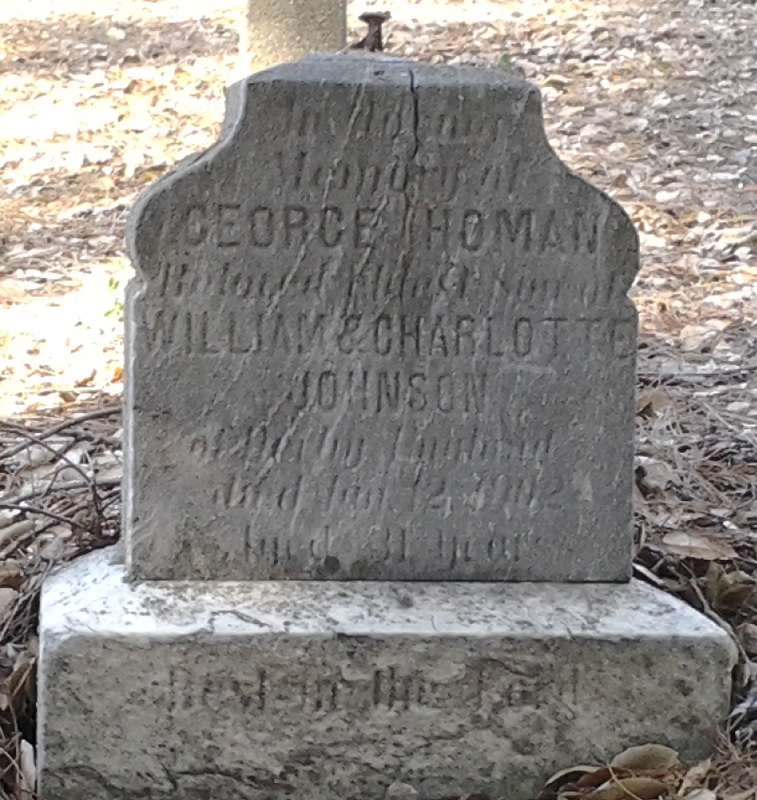
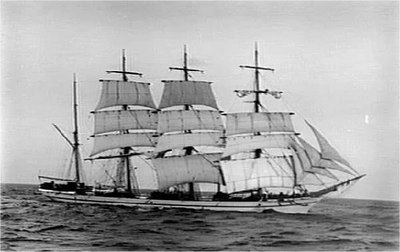
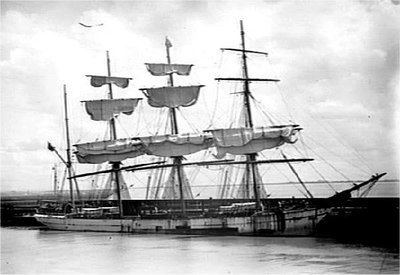
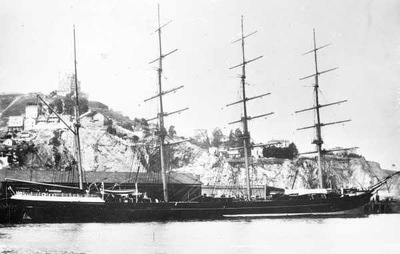
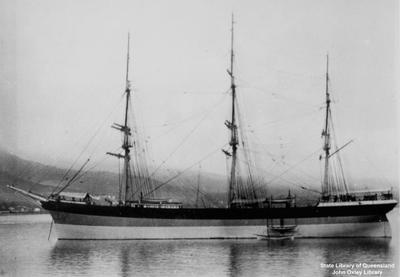
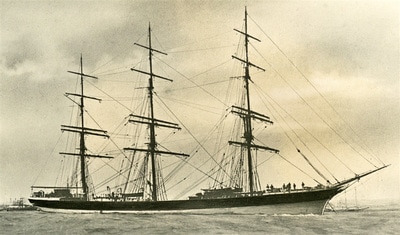

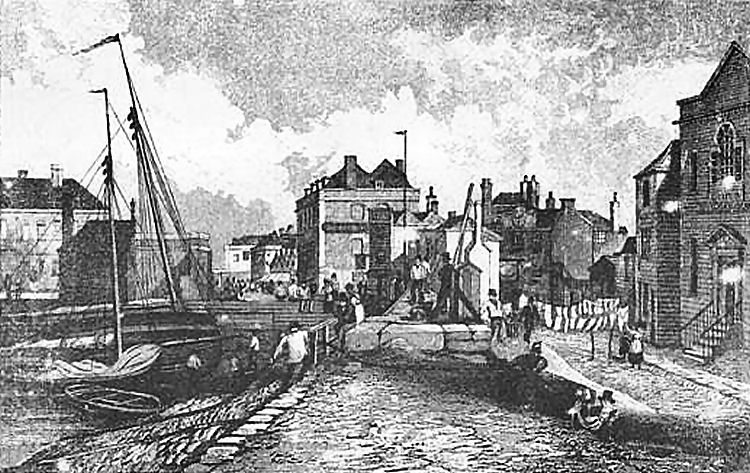
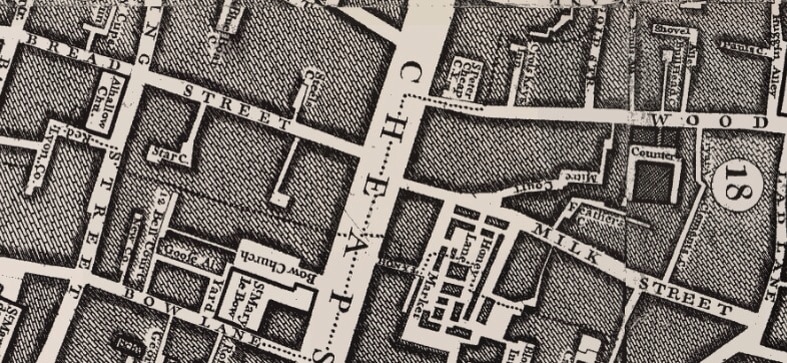
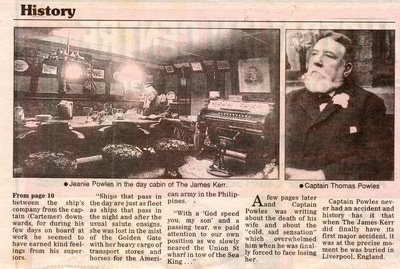
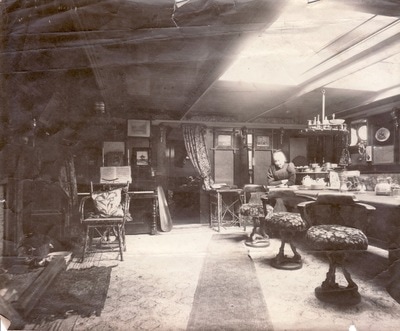
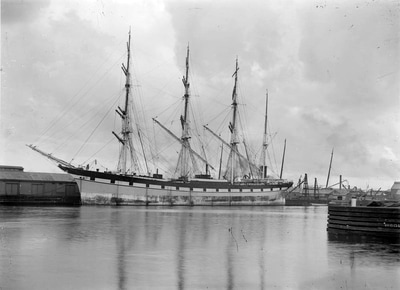
 RSS Feed
RSS Feed